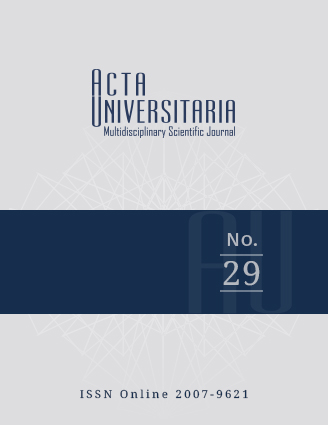Nuclear genome size, polyploidy and endopolyploidy pattern in populations of Nopalea cochenillifera (L.) Salm-Dyck (Cactaceae) in Tamaulipas, México
Published 2019-10-16
How to Cite
Abstract
This study describes the number of diploid chromosomes (2n), ploidy levels and their DNA content by flow cytometry (CF) in three populations of Nopalea cochenillifera located in Tamaulipas, Mexico. The content of 2C DNA of the parenchyma of the cladode was 4.1 pg in the population of Ciudad Victoria (CV), for the population of Villagrán (VG) was 3.91 pg, and in Gómez Farías population (GF) was 3.9 pg. The CV population was significantly different from the other two populations. All populations showed an endopolyploid pattern defined by the presence of nuclear populations of 2C, 4C, and 8C in parenchymal cells of the cladode. The populations turned out to be diploid, through a higher frequency of 2C nuclear cells. The basic chromosome number for this species was defined (n = 11). These results are useful to establish breeding, biotechnology and conservation strategies.

